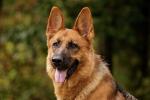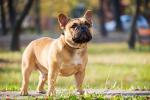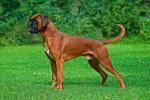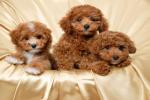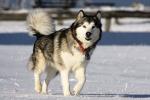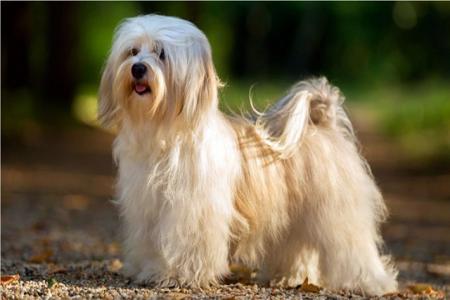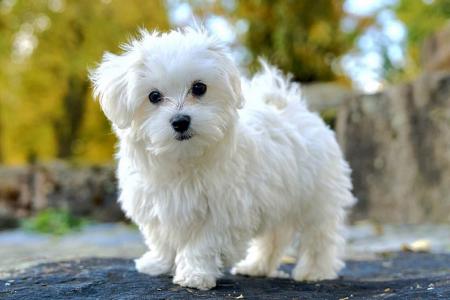Tibetan Mastiffs - "Steppe Lord" are the most expensive
The Tibetan Mastiff, whose English name is Tibetan Mastiff, also known as the Tibetan Mastiff, is described as "Bigger than a wolf, stronger than a leopard, faster than a deer." This breed is fierce, but maybe you don't know the personality that is popular among pet hobbyists? The following article will help you better understand this type of dog.
History of the Tibetan Mastiff Dog:
Tibetan mastiffs are large, trained by indigenous people in the Himalayas to protect their animals and their lives from dangerous jungle animals such as tigers, leopards, wolves, etc. there, this breed of talent was dubbed the "Lord of the prairies". In the 15th century, two Italian explorers discovered Ngao Tibet and brought it as a gift to the royal family. "The million-dollar mysticism" is a gift to the British King George IV in 1820, King William IV in 1834, Queen Victoria in 1847. At this time, the Tibetan clam is considered the most expensive dog in the world, only raised by the super rich.
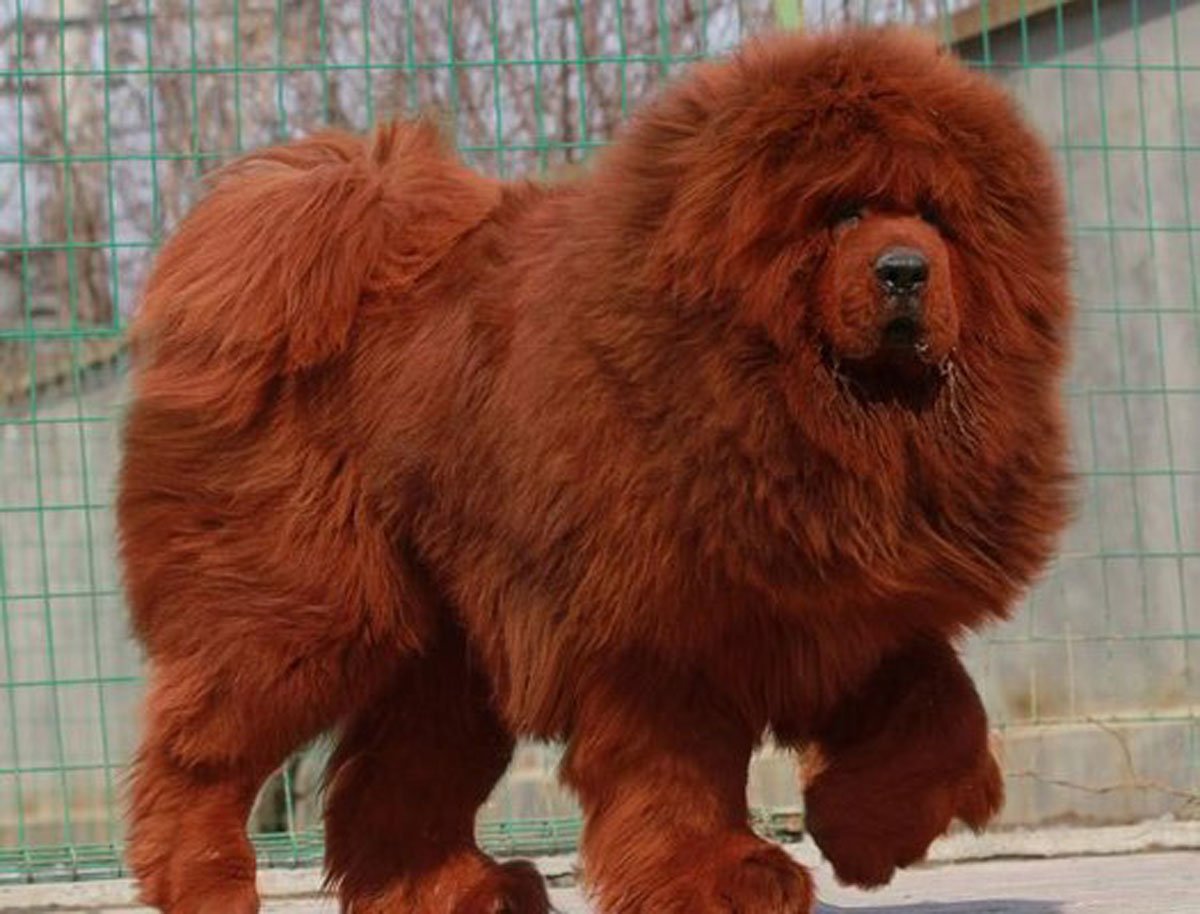
Tibetan Mastiff image1
Tibetan Mastiff dog appearance:
Being the largest dog in the world, the Tibetan mastiff has a large, big, majestic body, at least 70 cm high, weighing 64 - 90 kg. The largest size recorded with a height of 1.2 m, weight reaches 110 kg. The muscular system develops, extremely toned. 4 large, nearly unglazed legs, with incredible jumping power and ability to run fast. The tail is always high on the back. Looks like a lion quite fierce. They wear on a coat also "massive" body no less, including 2 layers: the thick layer of ruffled, long, soft outer layer. The thick fur makes them suitable for all kinds of weather, no matter how harsh it is. The hair above the head is bushy, spreading like a lion's mane. Common coat colors are: black, dark brown or yellow, gray or yellow, until orange, brown red. The head is long and flat, without wrinkles. It is the saggy face that makes them even more fierce and dangerous. The Clam has a large nose, wide mouth, sharp teeth, and sharp teeth of an excellent hunting species. The eyes are small, sharp, often dark brown or black. The ears hanging down to the cheeks. Normally he looked a little cold, and when fighting, he didn't tolerate anything.
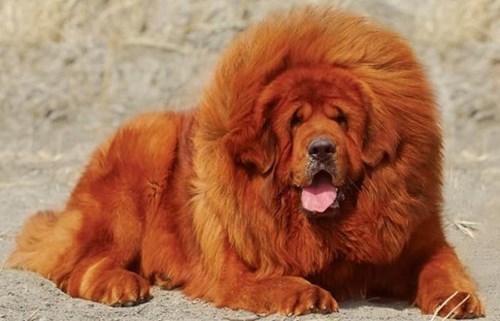
Tibetan Mastiff image2
The personality of the Tibetan Mastiff:
This clam dog majestic, strong attack, hard-headed. The Clam is the world's most sophisticated hunting dog. If returning to the homeland of Tibet, the mastiff will have an extremely important role, fighting bravely with the fierce jungle animals to protect the owner in the wild highland lands. A fierce, aggressive, stubborn personality, possessing a high degree of possessiveness and vigilance. They do not allow anyone to invade their territory. This breed is therefore listed as the most dangerous species. So, if you consider buying a Tibetan clam, then it is very delicate and persistent training, do not raise them with any other animals, they will fight for the territory.
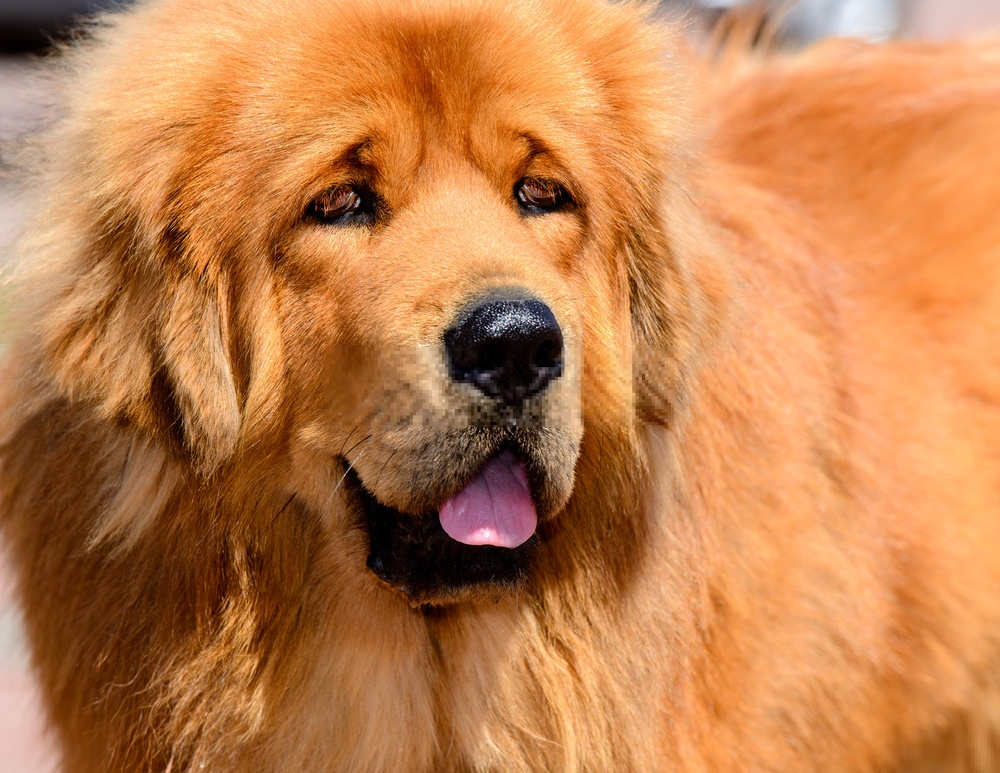
Tibetan Mastiff image3
Take care and train Tibetan Mastiffs:
Clam diets: The diets of clams need to be full of nutrients such as calcium, vitamins, proteins, minerals and other necessary nutrients. 2 - 4 months of age, give them only rice and ground meat or dry foods, divided into 3 small meals / day. 4 - 8 months of age: Tibetans can eat bones to exercise strong teeth, calcium supplements, but do not give bones that are too sharp, easy to eat. meat, about 1 kg per day, change with 8 -10 flipped duck eggs or half a pound of bone. Because the amount of food put in quite a lot, can add vegetables to help digestion easier. Fresh beef is the most favorite dish. After eating, remember to let them rest for 1-2 hours. Avoid diets that contain too much fat or fat. Clean feeding trays, clean and hygienic drinking water, and change water frequently during the day.

Tibetan Mastiff image4
Training: Train them from an early age with an attitude of perseverance, softness, no scolding, always patting your head, if you don't want to turn them into obsessions. The most effective training period is 2-4 years. Make Ngao Tibet acquainted, communicate with people, other pets, to make them more friendly. In addition, should also practice quick reflexes by standing up, sitting down, catching the ball, jumping high, jogging, time from 20 - 30 per day. Growing up, increase the intensity of exercise, lead them to swim weekly, run 5-6 km a day, or tie weights on their feet and let them move, ...
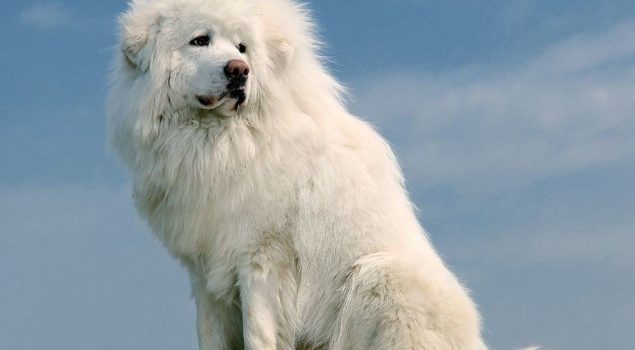
Tibetan Mastiff image5
Bathe them: Thick fur needs regular care. Need to brush daily 1-2 times to avoid tangles with a specialized comb. Bath periodically once a month, can shower with specialized shower gel, creating a glossy. Immediately after bathing, avoid skin fungus and create favorable conditions for parasitic reproduction. If the hair is too dense, trim it neatly. Folkloric tips: eating duck eggs helps soften clams, sunbathing in the morning makes the coat much more dry.
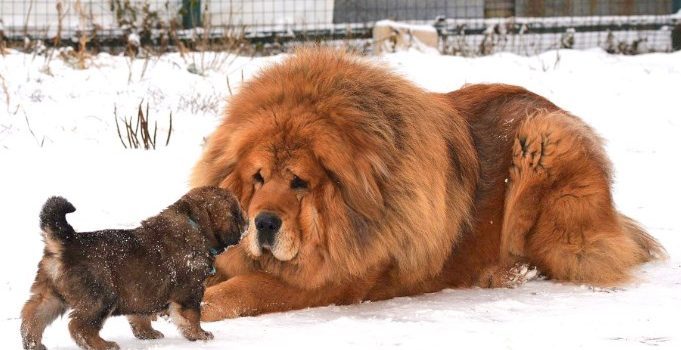
Tibetan Mastiff image6
Check regularly for vulnerable parts such as ears, eyes, nose, teeth, mouth and feet. Tibetan mastiffs are periodically dewormed because they are prone to intestinal diseases. Clams often suffer from tracheitis due to being too cold, leading to coughing, redness of the eyes, or elbow dysplasia, making them difficult to walk.
Get regular checkups: Check regularly for vulnerable parts such as ears, eyes, nose, teeth, mouth, feet.


